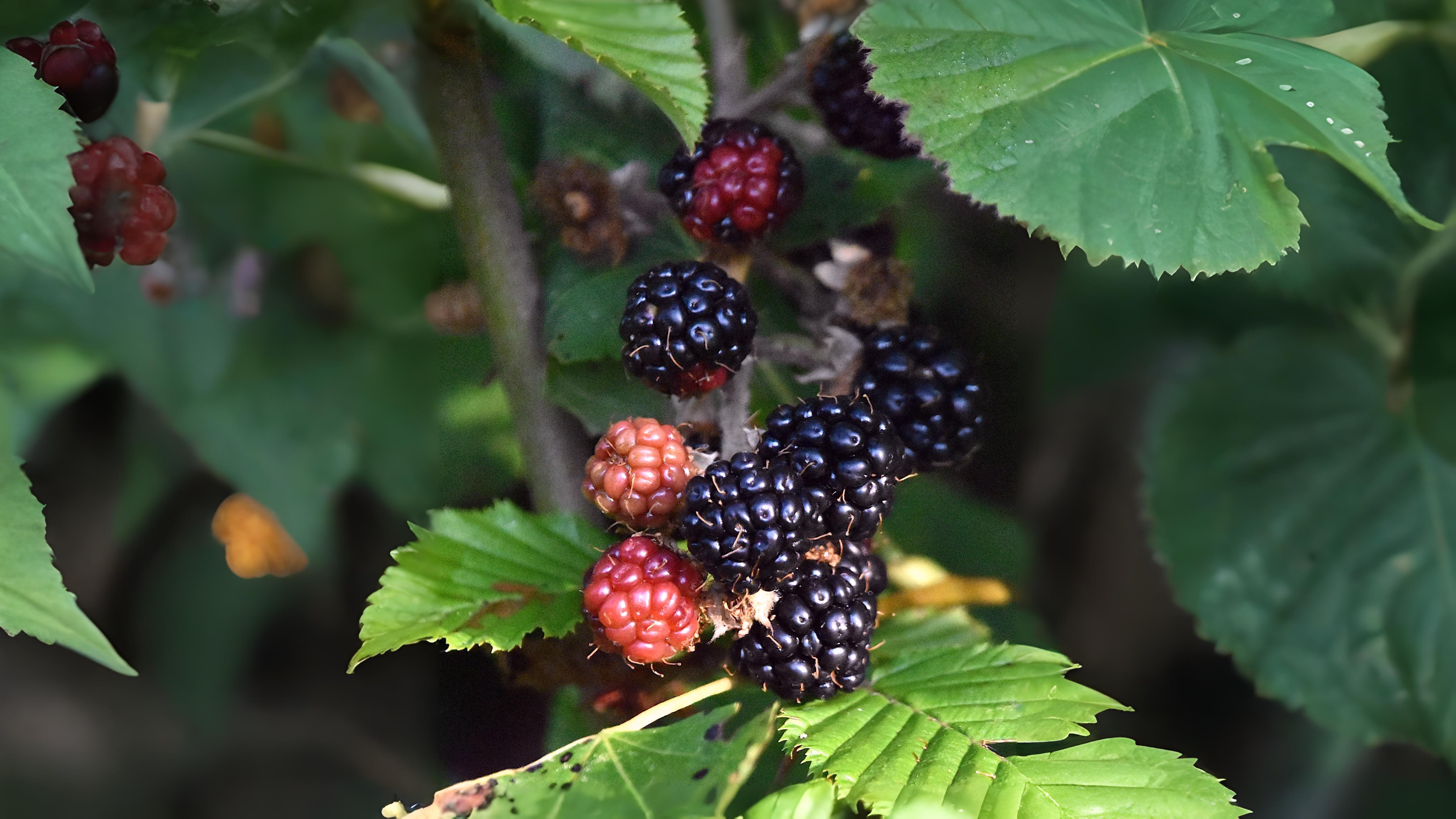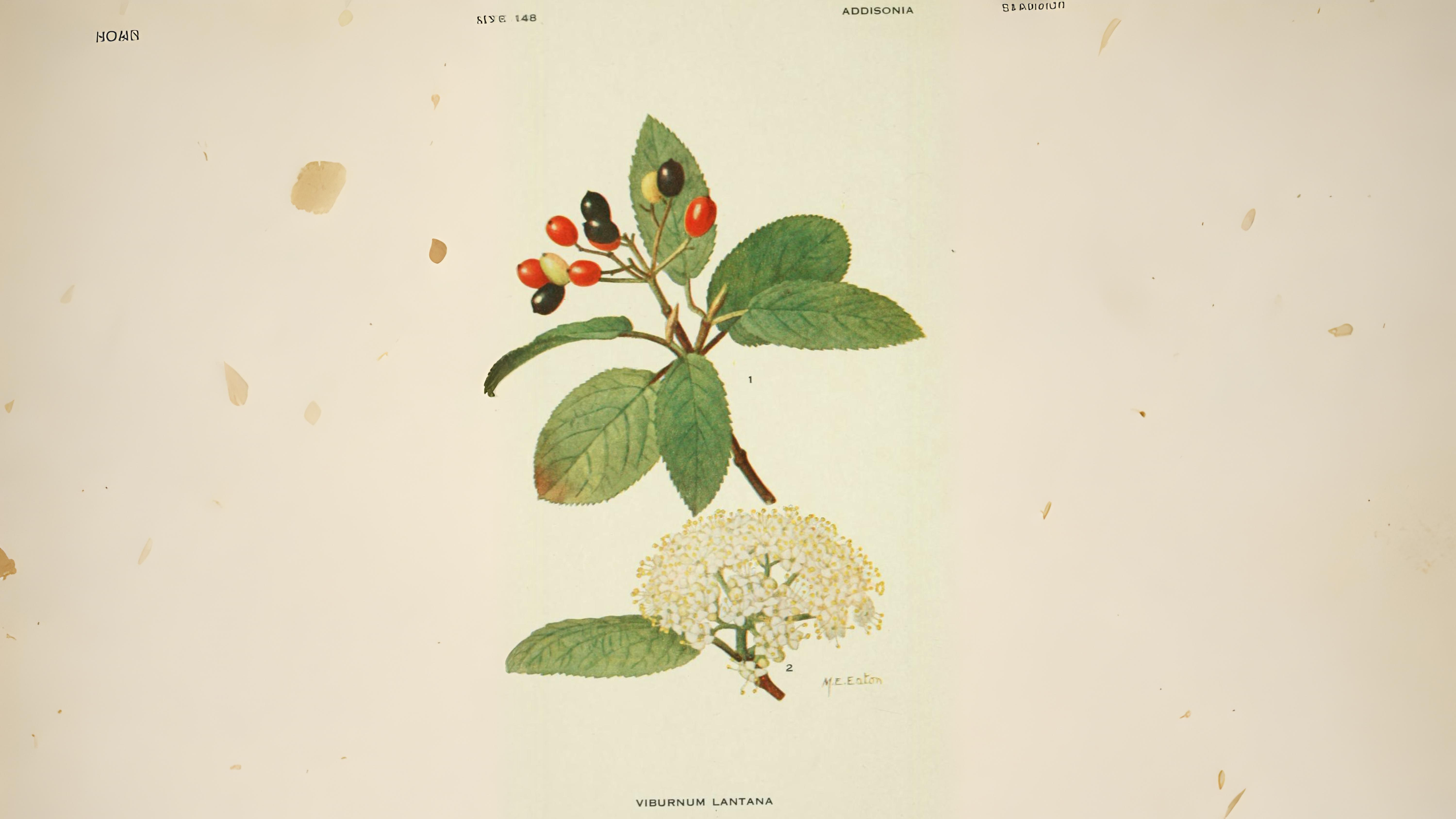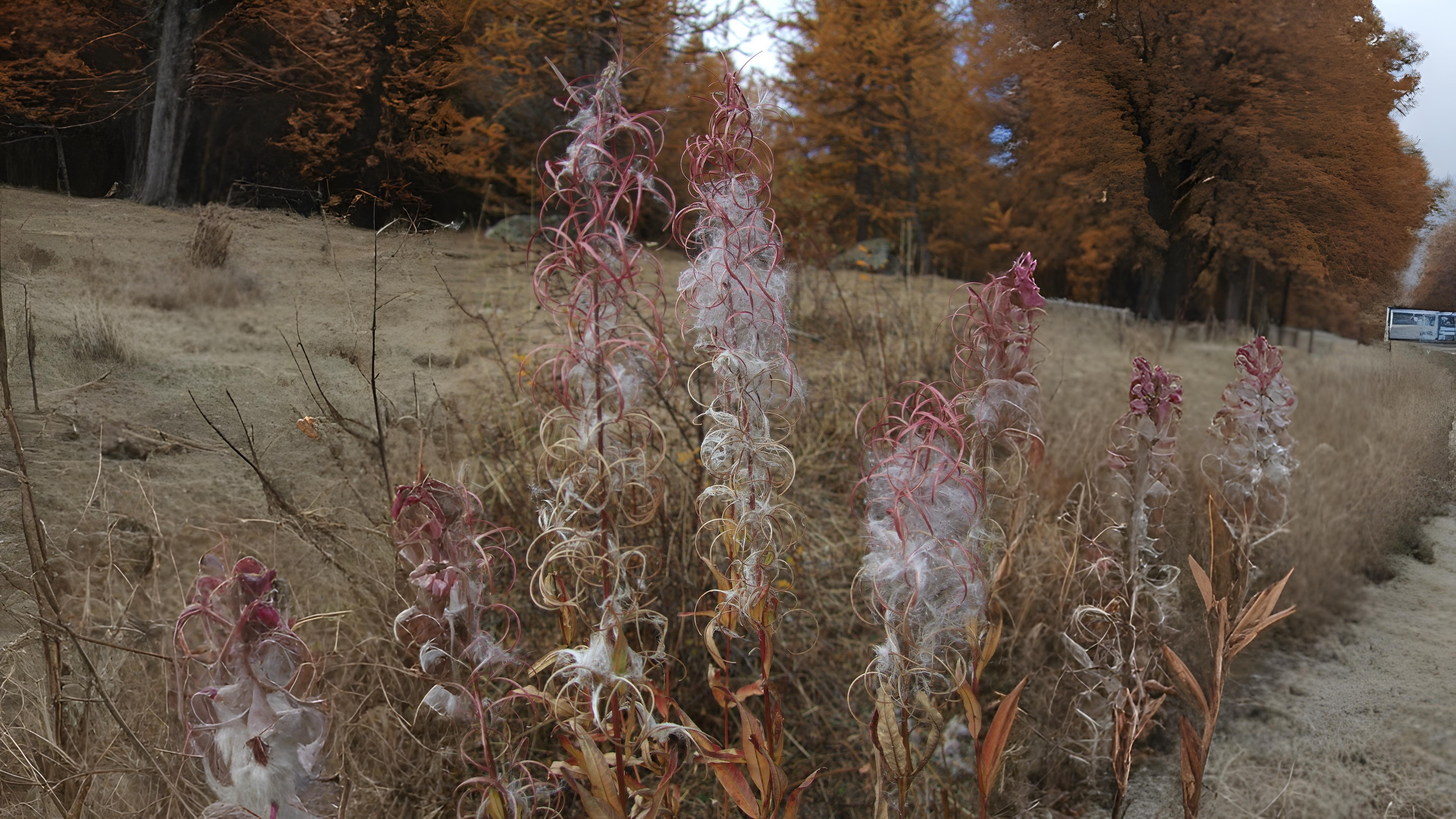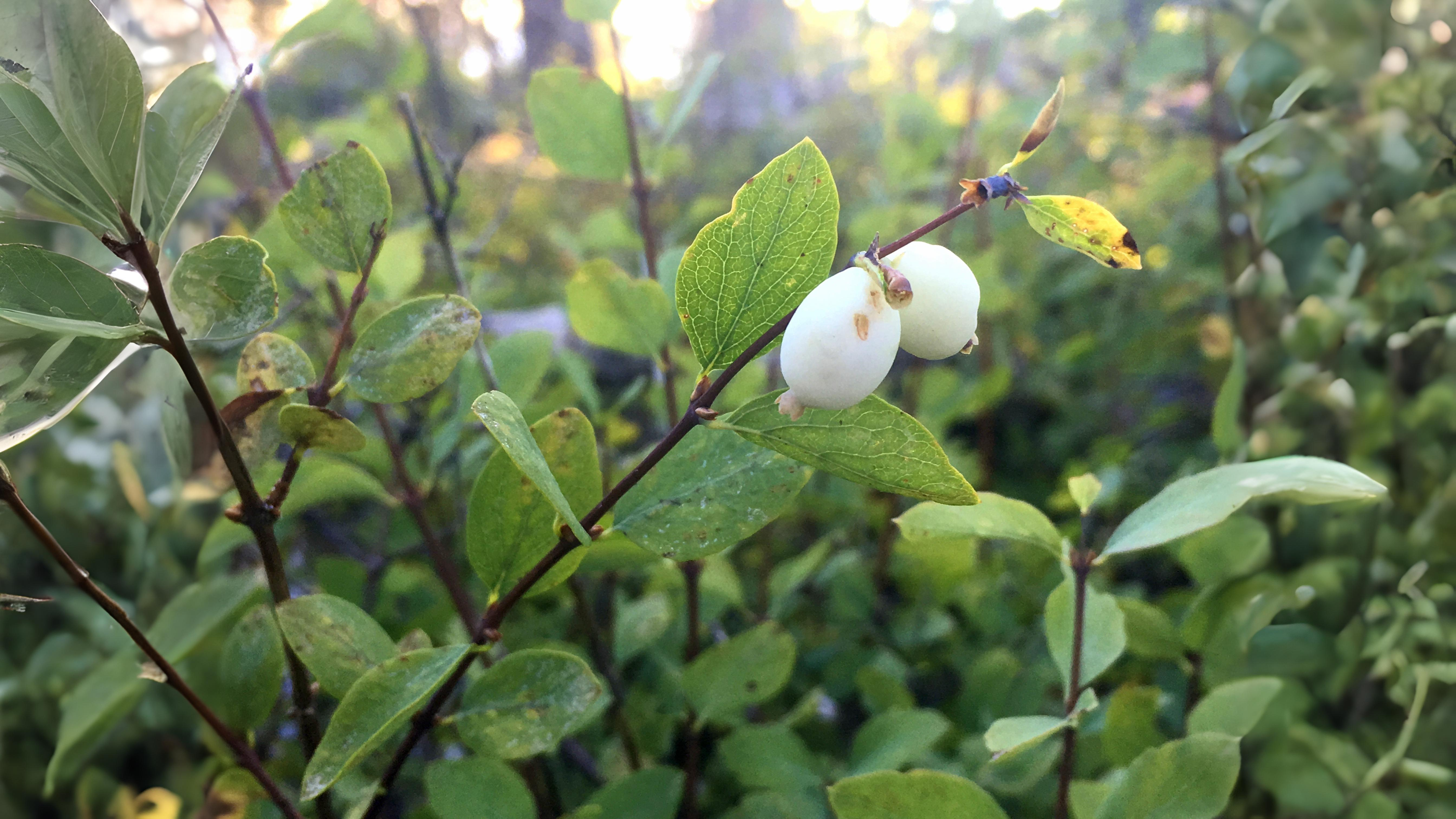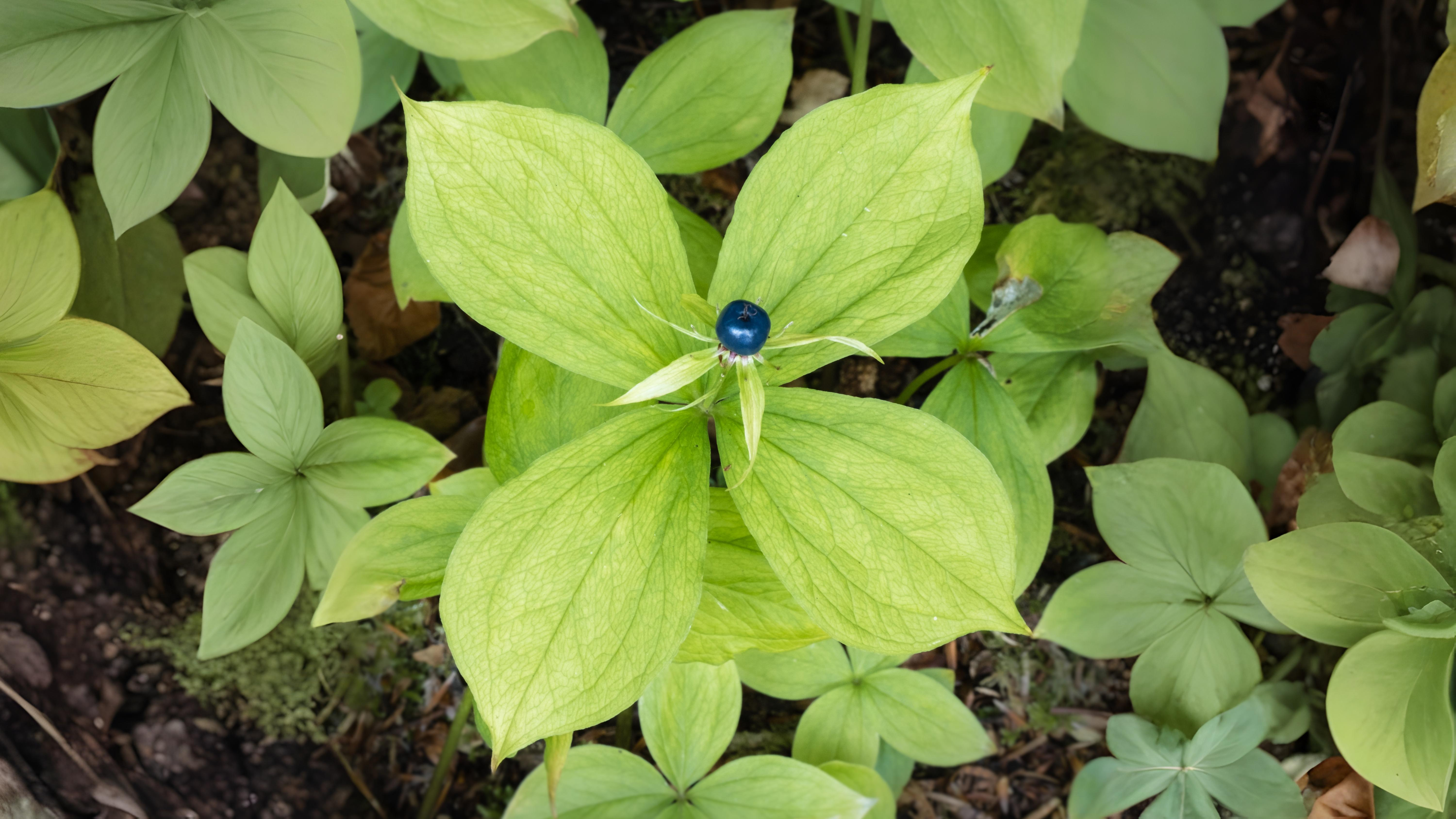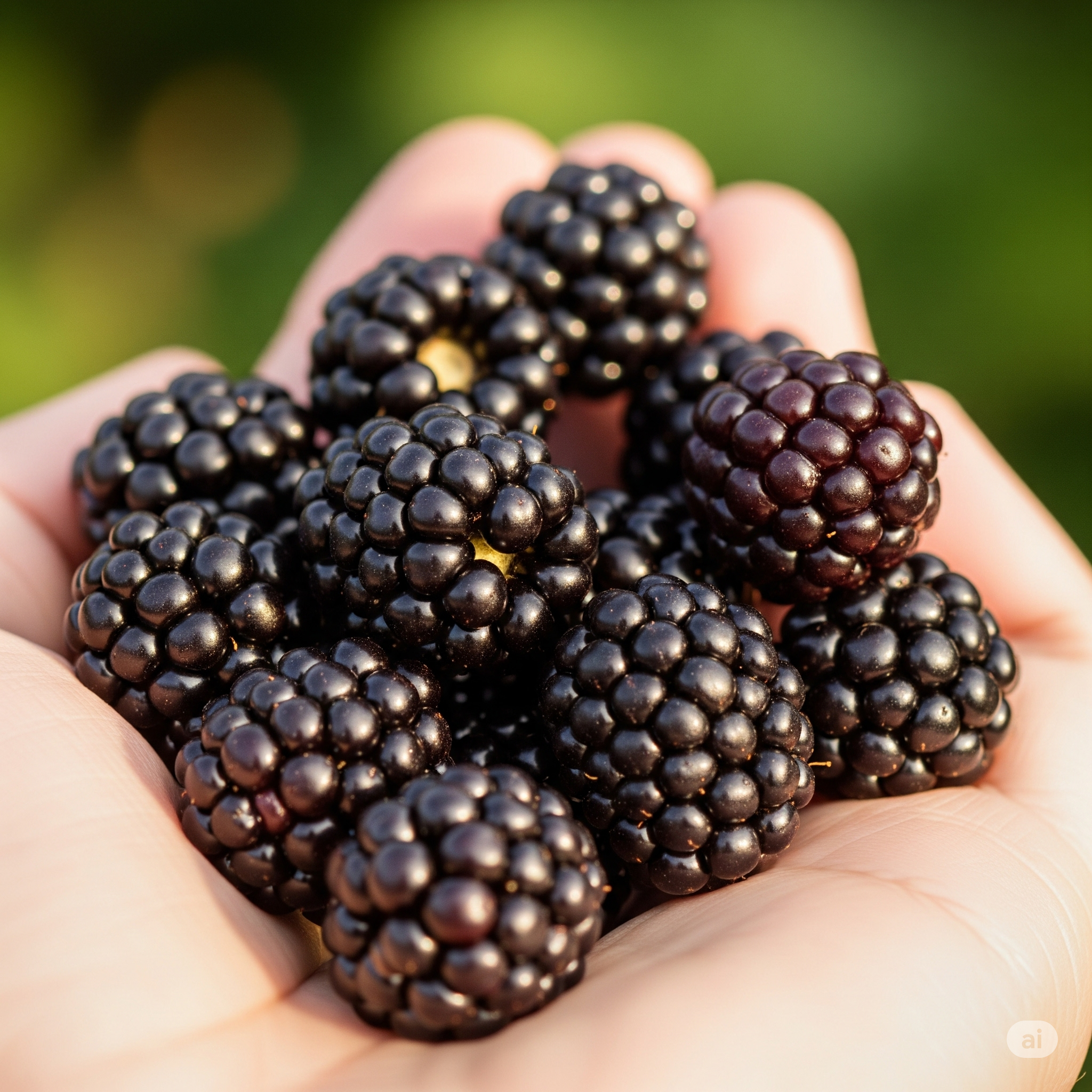
Return on August 28th for the full article!
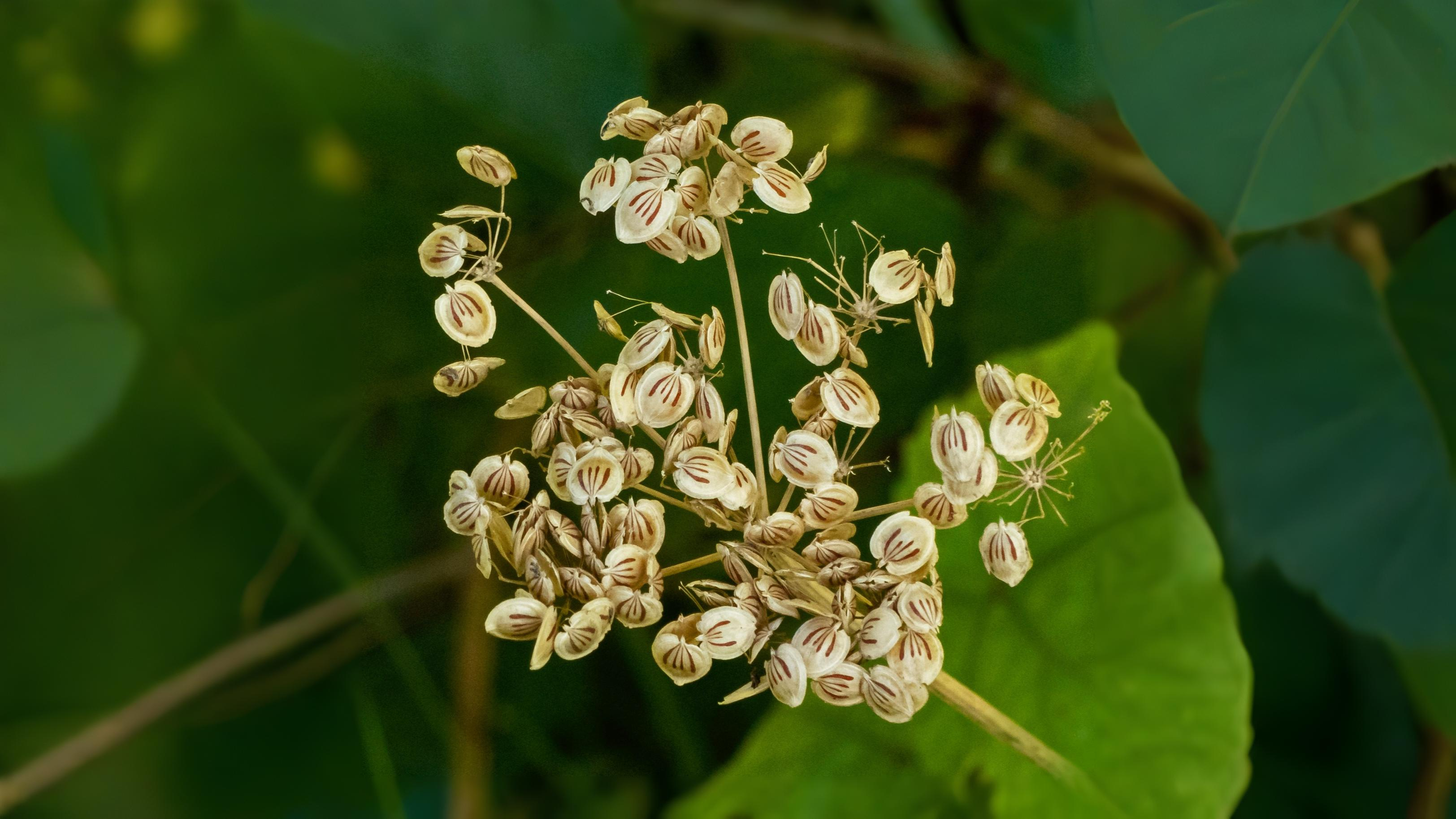

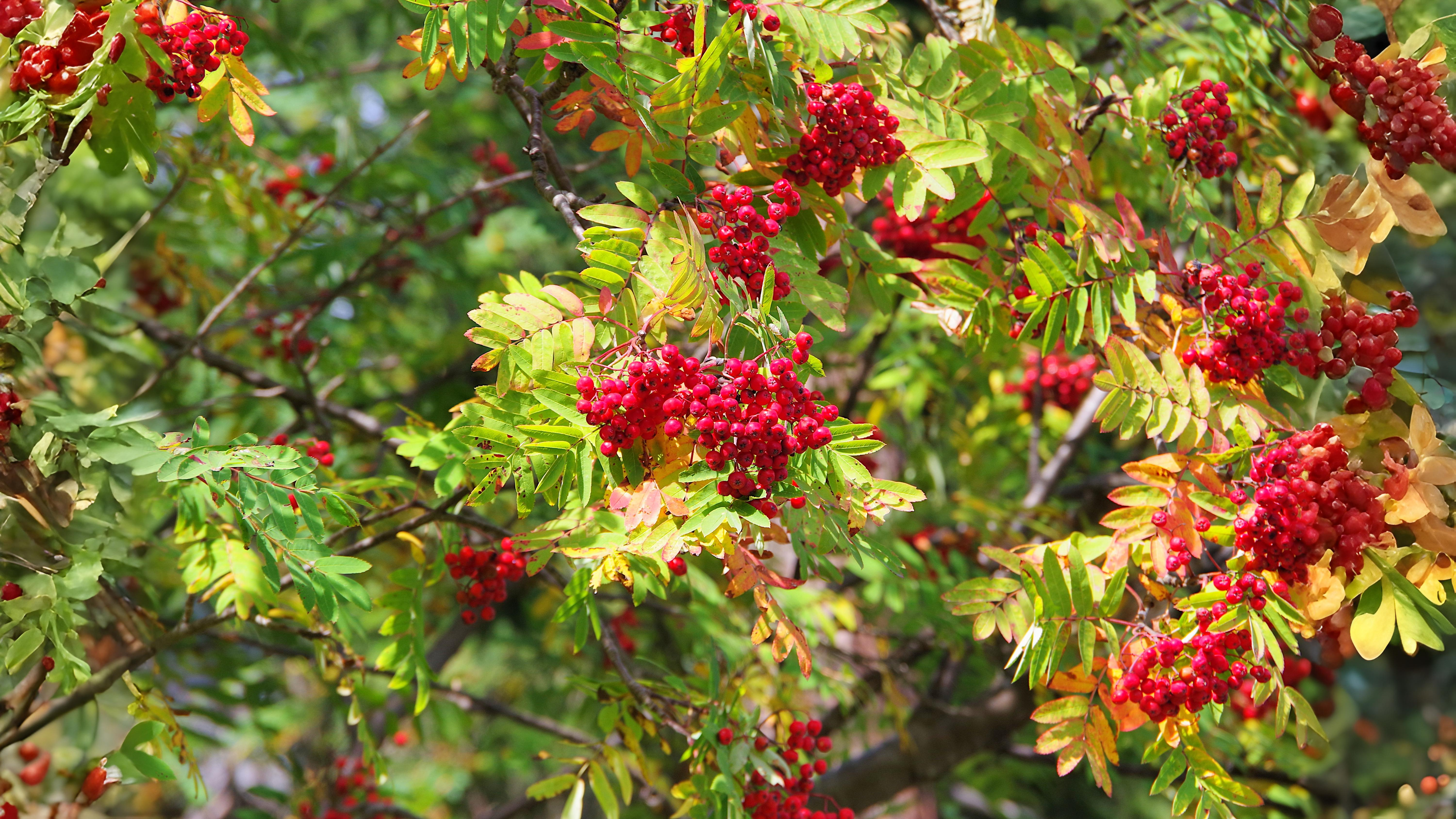

In gardens some laurel bushes are now producing scarlet berries, which stand out against their deep green foliage. Roses, especially rugosa roses, are developing similarly coloured hips. Other berries that may be noticed in gardens include tutsan, burnet rose and barberries. As the month progresses it is the two great stalwarts Cotoneaster and Pyracantha that we see the most.
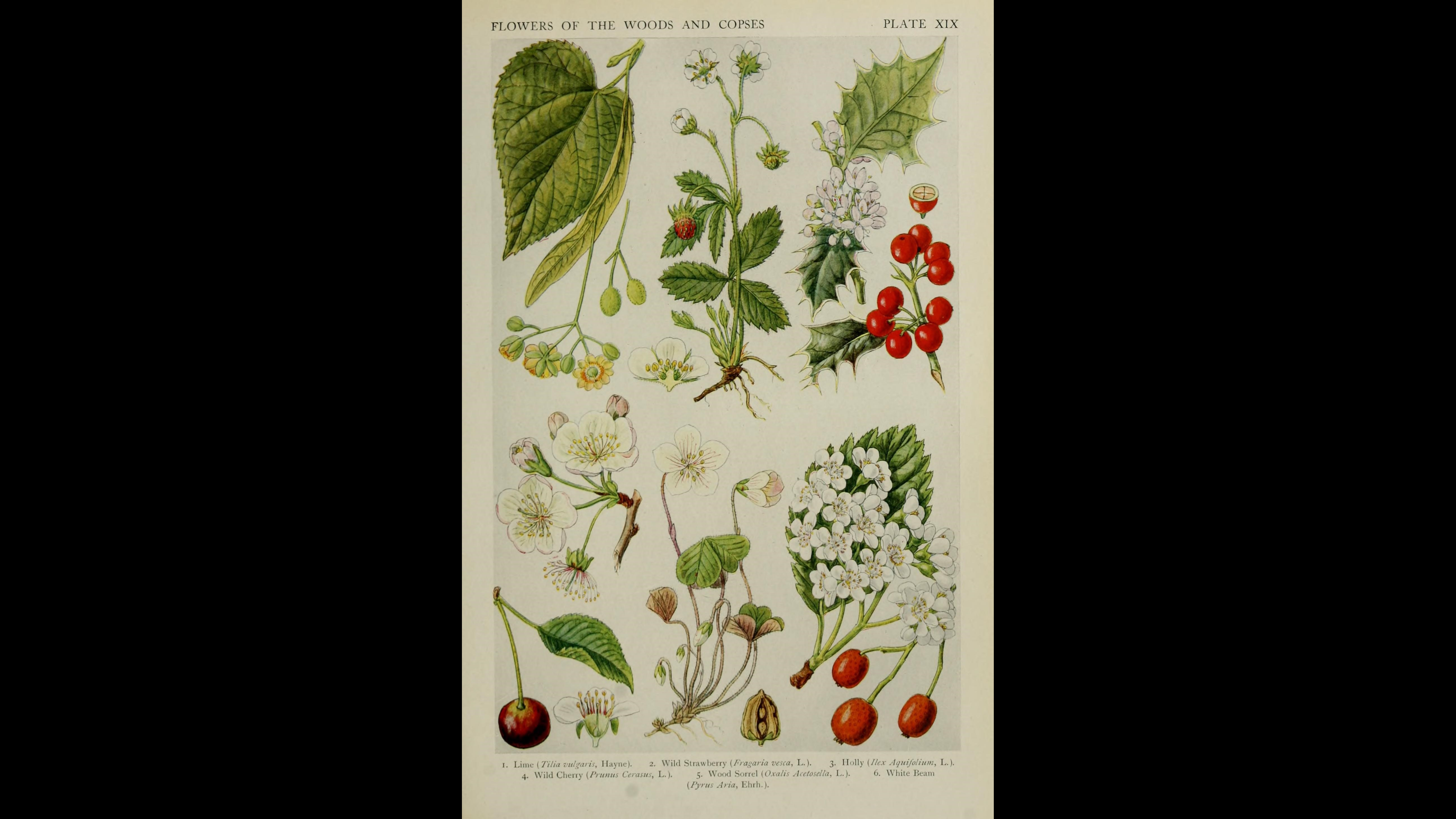

Now is the time to pick blackberries, preferably in the first half of the month. They have exceptionally complex sex lives and are able to set seed without sex as well as hybridising and forming clones.




Similarly, it is equally difficult to collect a bowl of wild strawberries. They can still be found in some woods around the edges of London but are never particularly abundant unless timber has been recently felled and the runners have been allowed to run rampant. Londoners were transplanting them into their gardens four hundred years ago and bowls were being sold in London’s streets to cries of “strawberry ripe”. On the same chalky slopes you find dewberries, the most dazzling of August fruits, the wayfaring tree Viburnum lantana are also starting to be seen.
